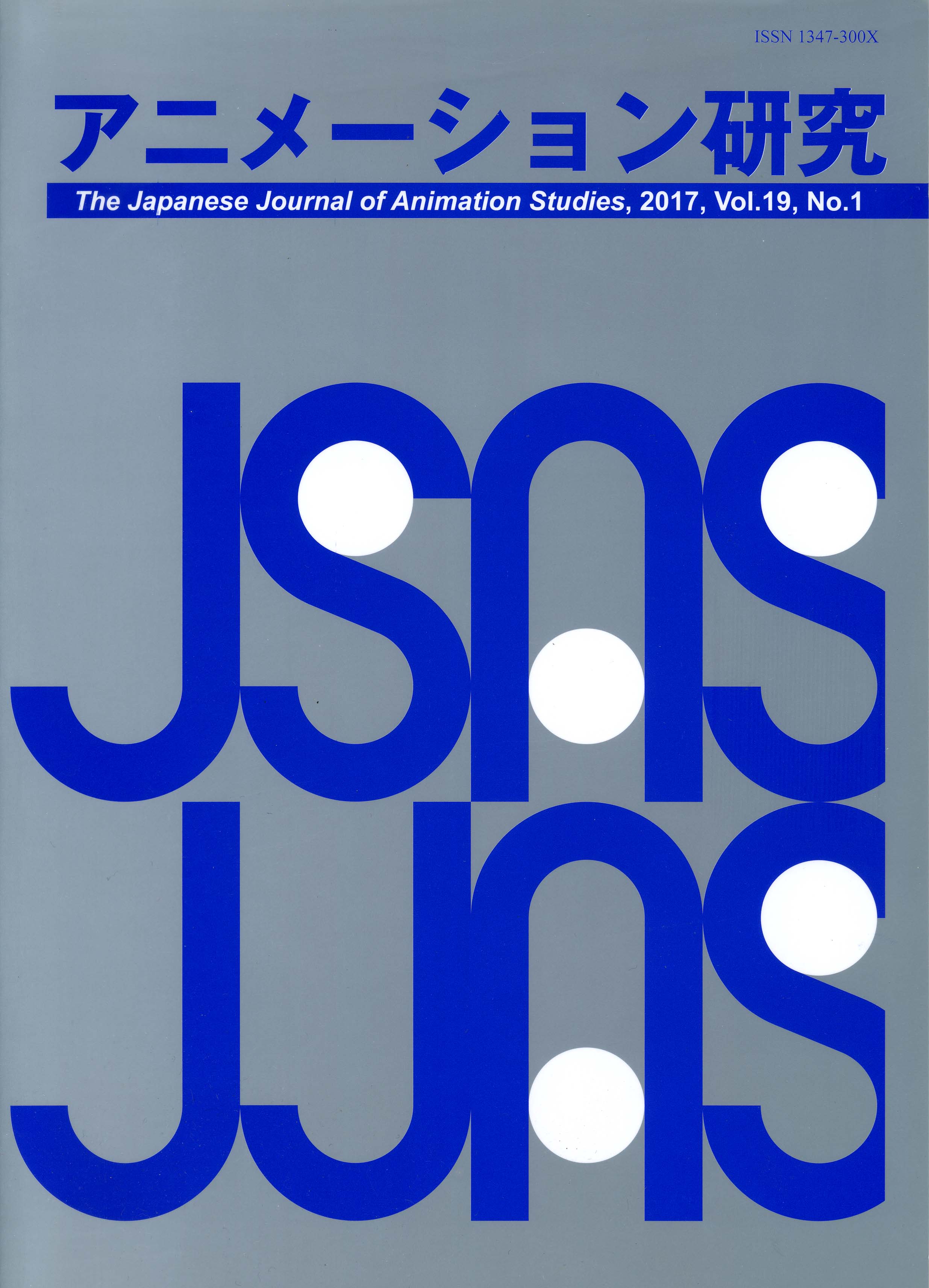Volume 21, Issue 1
Displaying 1-17 of 17 articles from this issue
- |<
- <
- 1
- >
- >|
-
2020 Volume 21 Issue 1 Pages 1
Published: September 30, 2020
Released on J-STAGE: May 07, 2021
Download PDF (586K)
CONTRIBUTIONS
-
2020 Volume 21 Issue 1 Pages 3-4
Published: September 30, 2020
Released on J-STAGE: May 07, 2021
Download PDF (678K) -
2020 Volume 21 Issue 1 Pages 5-16
Published: September 30, 2020
Released on J-STAGE: May 07, 2021
Download PDF (1211K) -
2020 Volume 21 Issue 1 Pages 17-30
Published: September 30, 2020
Released on J-STAGE: May 07, 2021
Download PDF (1022K) -
2020 Volume 21 Issue 1 Pages 31-35
Published: September 30, 2020
Released on J-STAGE: May 07, 2021
Download PDF (797K) -
2020 Volume 21 Issue 1 Pages 37-44
Published: September 30, 2020
Released on J-STAGE: May 07, 2021
Download PDF (1012K) -
2020 Volume 21 Issue 1 Pages 45-50
Published: September 30, 2020
Released on J-STAGE: May 07, 2021
Download PDF (960K) -
2020 Volume 21 Issue 1 Pages 51-60
Published: September 30, 2020
Released on J-STAGE: May 07, 2021
Download PDF (1022K) -
What if Isao Takahata had Visualized “The Bears of Mt. Nametoko”?: From a New Perspective on Animism2020 Volume 21 Issue 1 Pages 61-72
Published: September 30, 2020
Released on J-STAGE: May 07, 2021
Download PDF (1138K) -
2020 Volume 21 Issue 1 Pages 73-80
Published: September 30, 2020
Released on J-STAGE: May 07, 2021
Download PDF (1100K) -
2020 Volume 21 Issue 1 Pages 81-91
Published: September 30, 2020
Released on J-STAGE: May 07, 2021
Download PDF (1044K) -
2020 Volume 21 Issue 1 Pages 93-99
Published: September 30, 2020
Released on J-STAGE: May 07, 2021
Download PDF (947K) -
2020 Volume 21 Issue 1 Pages 101-109
Published: September 30, 2020
Released on J-STAGE: May 07, 2021
Download PDF (992K) -
2020 Volume 21 Issue 1 Pages 111-125
Published: September 30, 2020
Released on J-STAGE: May 07, 2021
Download PDF (907K) -
2020 Volume 21 Issue 1 Pages 127-135
Published: September 30, 2020
Released on J-STAGE: May 07, 2021
Download PDF (788K)
-
2020 Volume 21 Issue 1 Pages 137
Published: September 30, 2020
Released on J-STAGE: May 07, 2021
Download PDF (607K) -
2020 Volume 21 Issue 1 Pages 144
Published: September 30, 2020
Released on J-STAGE: May 07, 2021
Download PDF (684K)
- |<
- <
- 1
- >
- >|
